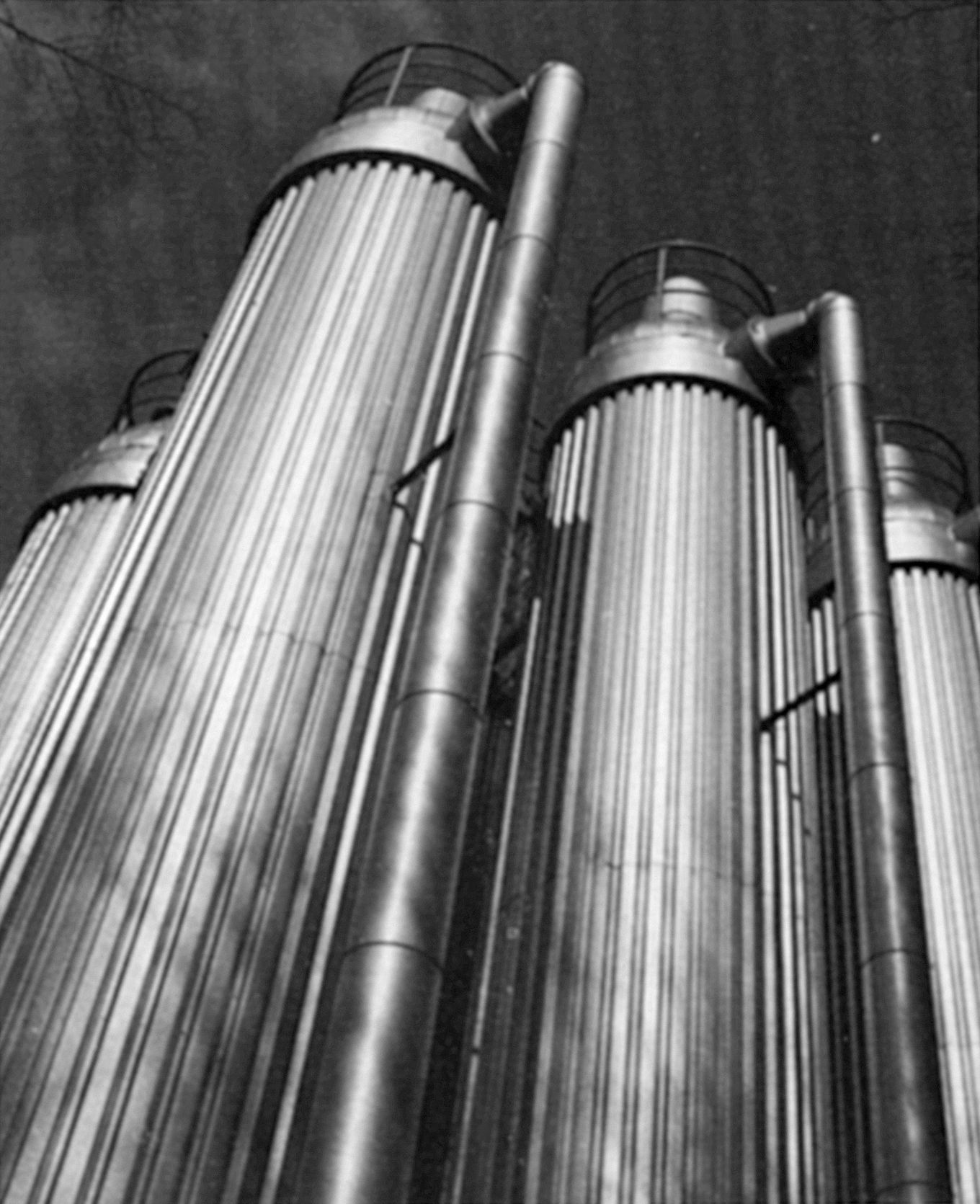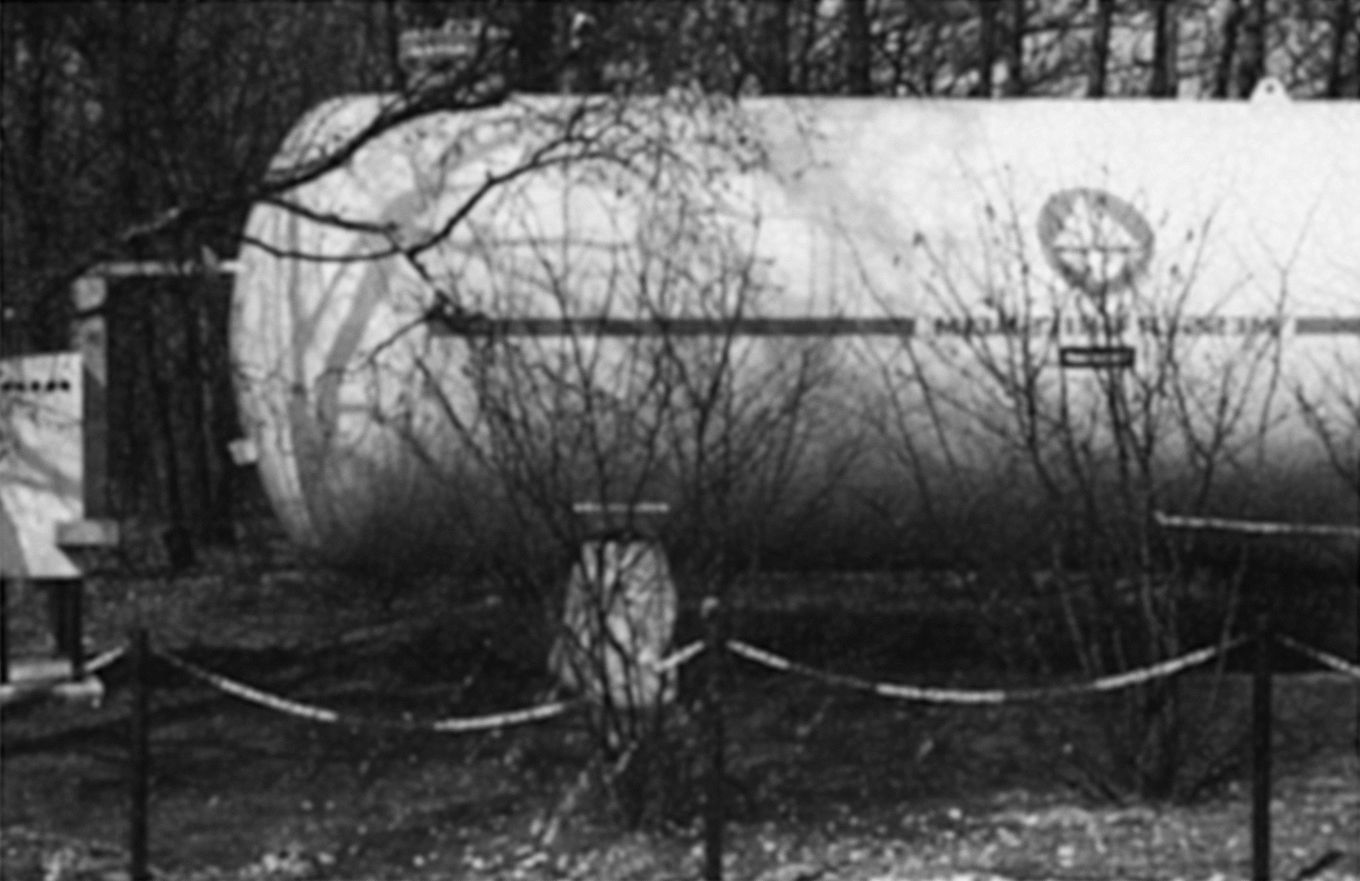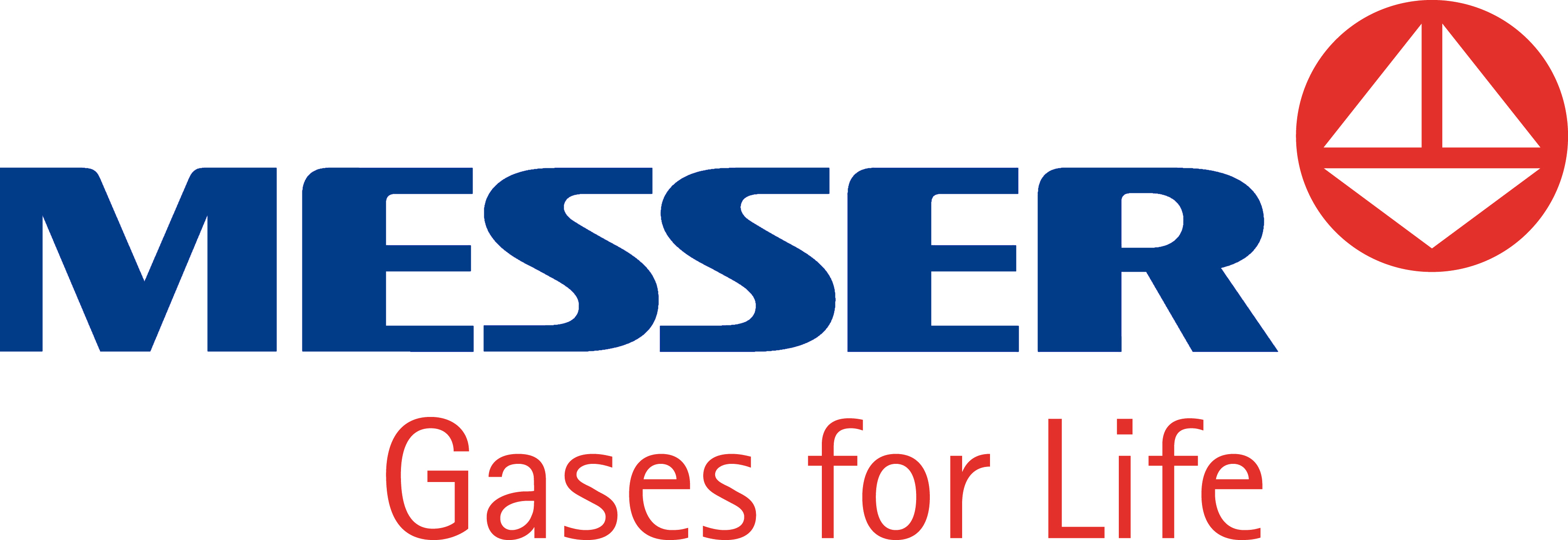
Green Page
Improved potable water
Gase+Kälte No. 21, 1986

Green Page
Improved potable water
Gase+Kälte No. 21, 1986
Water treatment plant succeeds with hydrogen
In many cases, we are late to notice how we are damaging our environment. But often it’s not too late. One example is the increasing pollution of the groundwater with nitrate, especially in areas used for agricultural purposes. It is caused, in part, by the over-fertilization of the soil with mineral fertilizers, but also by organic waste products from intensive animal farming. On its own, nitrate is not very toxic, but in the digestive tract it can be converted to nitrite, which is far more dangerous. It is particularly detrimental to health in infants.
That’s why the German Drinking Water Ordinance set a limit value for nitrate, which will be lowered from 90 to 50 milligrams per liter starting from the fall of 1986. Many of the extraction wells that supply some 10,000 waterworks throughout Germany do not meet this new regulation. Up until now, waterworks often got by with “cutting,” i.e., mixing good raw water with not so good raw water.

These bioreactors use hydrogen to remove nitrate from drinking water.

A tank supplies hydrogen to the bacteria in the bioreactors.
Mönchengladbach’s municipal utilities Rasseln Waterworks are now taking a trailblazing, albeit somewhat costly, approach: 10-meter-high reactors are reducing nitrate content from 80 to 5 milligrams per liter. They use special bacteria that need hydrogen and nitrate to “breathe.” These tiny gluttons consume carbon in the form of carbon dioxide, which is present in almost all raw water. In the process, the nitrate is split into harmless nitrogen and oxygen. The bacteria convert oxygen and hydrogen into water.
Messer Griesheim supplies the necessary hydrogen in tank trucks. The process has already passed its “water test.” Four bioreactors are enough to clean 50 cubic meters of water per hour. Environmental protection has a price: The plant cost 2.6 million Deutschmarks. According to initial estimates, the nitrate removal costs between 60 and 90 pfennigs per cubic meter of water.
